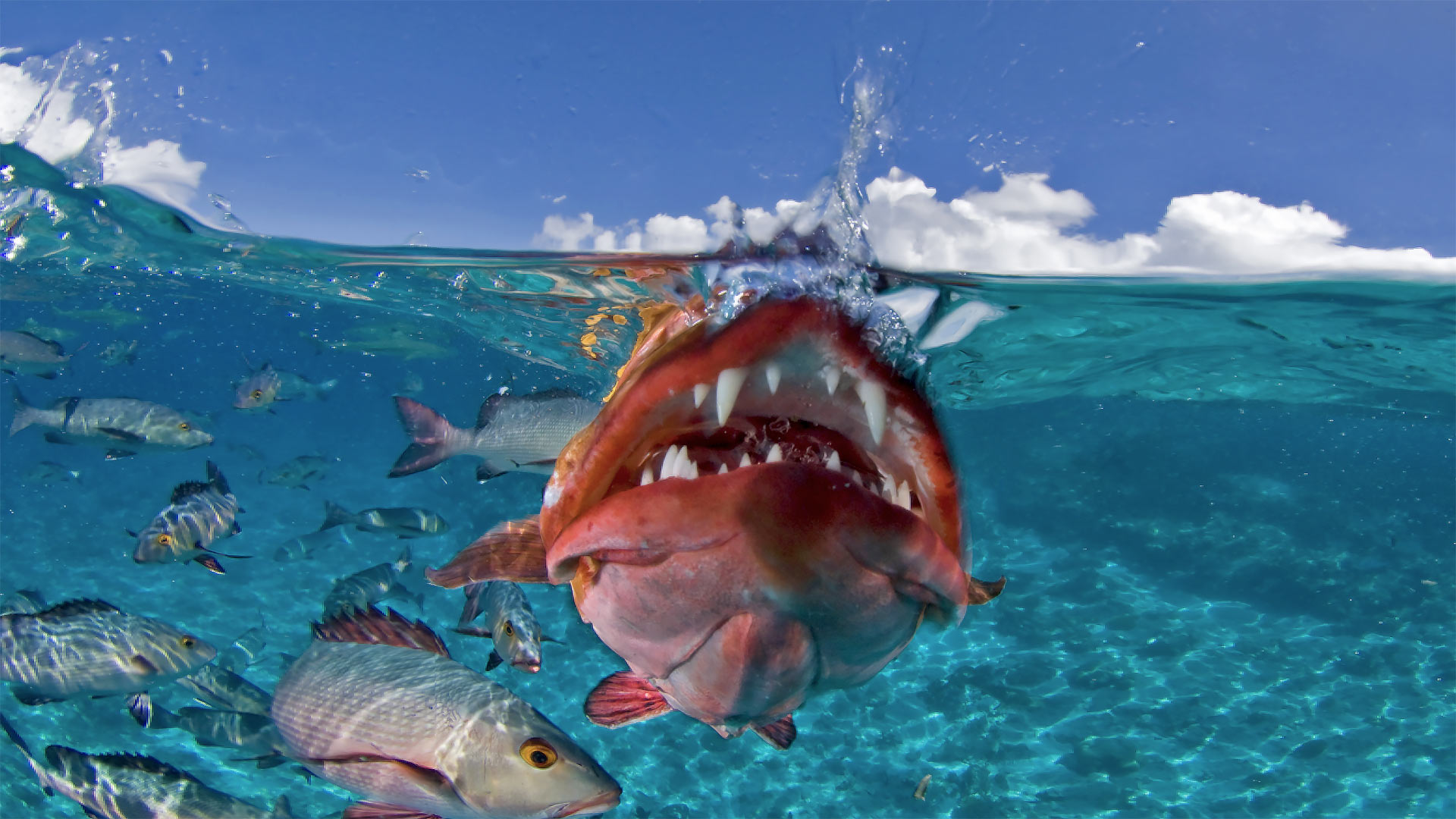Aldabra Atoll: UNESCO World Heritage at its Best
The Aldabra Atoll in Seychelles is one of the world's largest and finest raised coral atolls still in pristine condition.
Posted on
Thanks to its remote location in the Indian Ocean, Aldabra Atoll remains unspoiled by human influence and provides an excellent example of natural habitat where evolutionary and ecological processes can be studied.
The site has been designated UNESCO World Heritage List status, which means it’s of outstanding value, meeting the strict criteria set out by the United Nations’ specialised agency. It fulfils three of the organisation’s guidelines – it contains superb natural phenomena; superlative on-going ecological and biological processes; and significant natural habitats to conserve biological diversity.

Landscape
The Aldabra Atoll consists of four main coral limestone islands and the surrounding marine area, with additional smaller islets. The coral reef is around 125,000 years old. The larger islands of Picard, Polymnie, Malabar and Grand Terre enclose a shallow lagoon, while the entire atoll is surrounded by an outer reef, with the richness of the ocean and diversity of the terrain creating a unique colourful landscape.
The contrasting habitats including coral reefs, seagrass beds and mangrove mudflats provide a location which is both rugged, yet scenic, with an ecosystem that sustains all of its key species. Scientists describe the reef and coral habitats as being intact, in excellent health and in “pristine” condition, housing an abundance of marine species.

Flora and fauna
The atoll is a fascinating natural laboratory for scientific discoveries, supporting more than 400 endemic species and sub-species. These include animals, invertebrates and plants, on land, in the sea and in the air.
Among them are more than 100,000 Aldabra giant tortoises, the largest individual population in the world. There is also a globally-important breeding population of rare green turtles, while hawksbill turtles – classed as critical – also reside around the atoll.

Birdlife includes endemic species such as the Aldabra drongo and the Aldabra brush warbler, plus 11 subspecies including the Western Indian Ocean’s only surviving flightless bird, the white-throated rail. Also in residence is a colony of oceanic flamingos – one of only two such colonies in the world – along with the world’s second-largest frigate bird population.
Management
The Aldabra Atoll is subject to strict management to ensure its natural habitat isn’t damaged. National legislation protects the whole area, with a stringent management plan in place. A public trust, Seychelles Islands Foundation, is responsible for the day-to-day running of the atoll.

Effective management creates its own logistical challenges, with the trust balancing the need to safeguard the area with its popularity as a tourist destination. Its remoteness means human interference hasn’t damaged its ecological processes, yet people still enjoy visiting this natural phenomenon. However, tourism is strictly controlled to ensure the delicate balance of the islands is protected.
Threats to the ecosystem
Scientists say the atoll’s ecosystem is almost 100% intact at present. However, they are aware of constant threats to its security; such as climate change, the introduction of alien species and man-made disasters, such as oil spills – should oil exploration increase in the region, the management and protection programme must be stepped up to address this new threat.

Experts agree that the marine fauna would be better protected by extending the seaward boundary 20km into the ocean. However, as the current boundary is ecologically viable, it is to remain the same at present. The emphasis is on continuing to protect this ecological miracle,while being ready to act should any threat to the ecosystem occur.
Destinations: Indian Ocean, Seychelles
Footnote:
Contact Seal Superyachts Seychelles for detailed information about cruising around Seychelles, superyacht charter regulations and about how we can support your visit.
Principle agent Alastair Maiden is proud to have worked with many of the World’s largest Superyachts and has extensive knowledge of Seychelles and the surrounding area.
Alastair Maiden
Phone: +248 251 5051
Email: seychelles@seal-superyachts.com